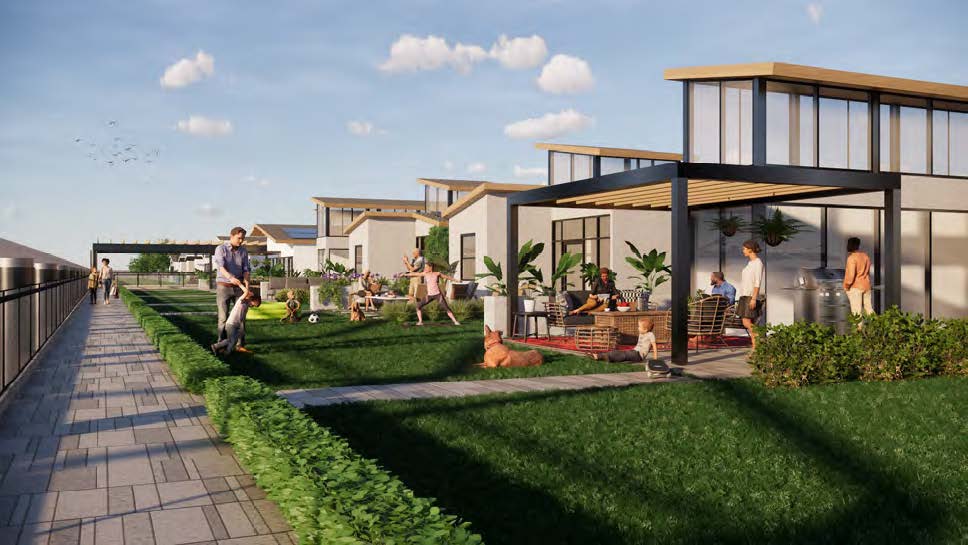Case Study: Redevelopment of Charlestowne Mall
While modern society looks towards the next shiny and new place to be, we often neglect to address our current spaces and how we use them.
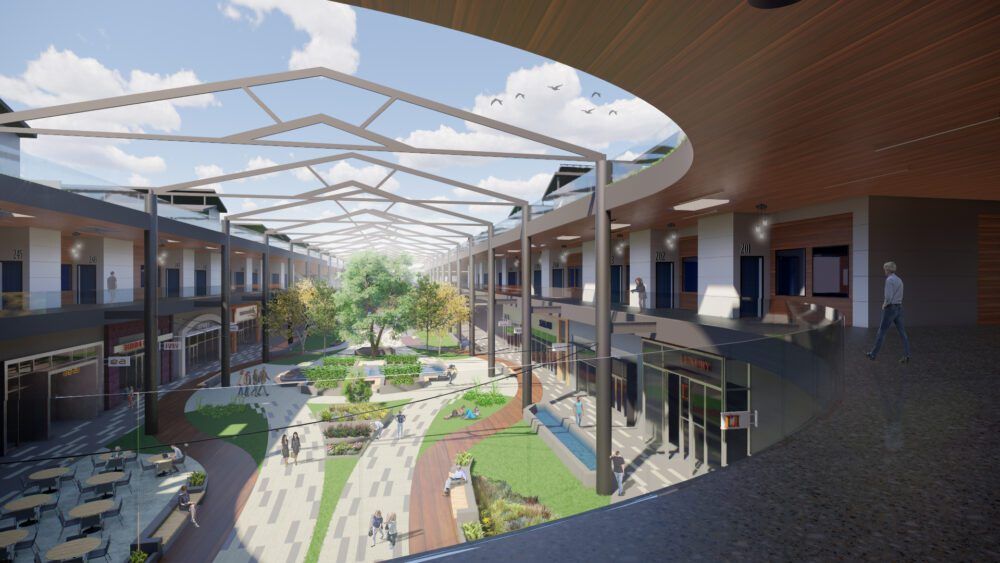
In an ever-expanding online world, shopping malls have taken a hit. With the effect of the pandemic this past year, the result has meant closures of many retailers. Our team explored concepts for redevelopment of a local mall that has seen better days.
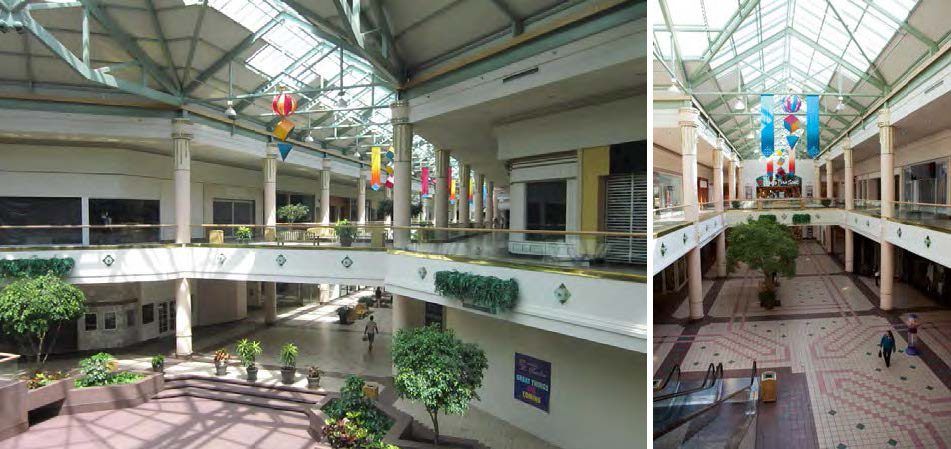
Charlestowne Mall sits in a well-trafficked, highly visible location in St. Charles, about an hour west of Chicago. But with the decline of retail and use of these spaces, there are ways to leverage current infrastructure that can revive malls like Charlestowne for the better. This design concept addresses the many challenges facing Charlestowne mall and similar suburban shopping centers. Opportunity in the scale and framework of these developments can foster an adaptive reuse approach and provide new ideas for living and working.
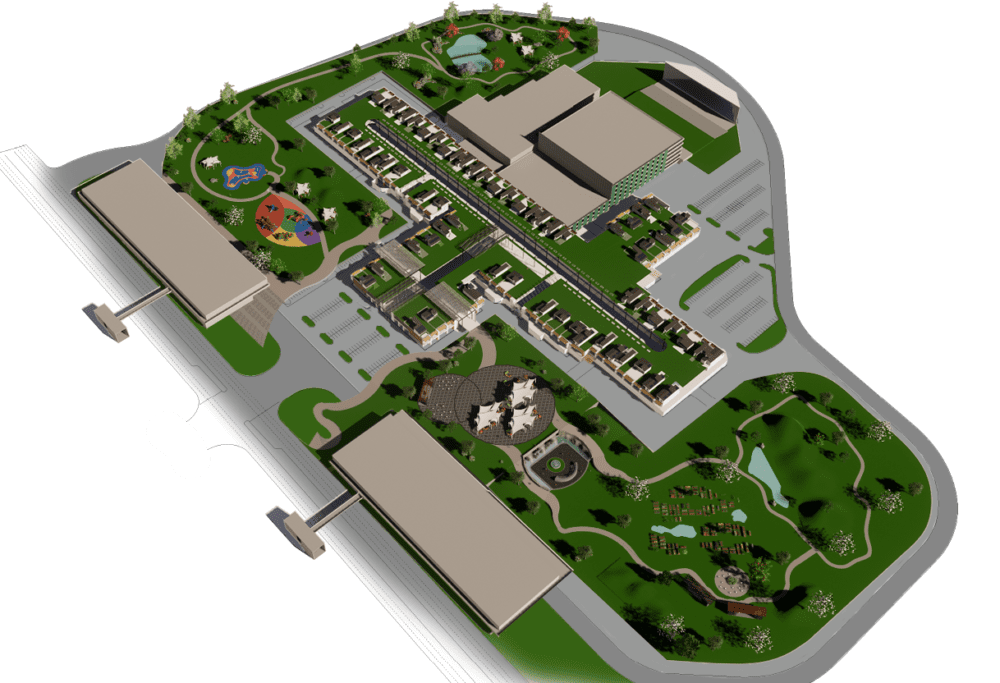
The initial idea absolves the single-use of Charlestowne mall by introducing living units and places to work, along with the traditional shopping/entertainment aspects. The design prioritizes greenspace and open air courtyards to both connect the development to the surrounding area and provide ample public and semi-public space.
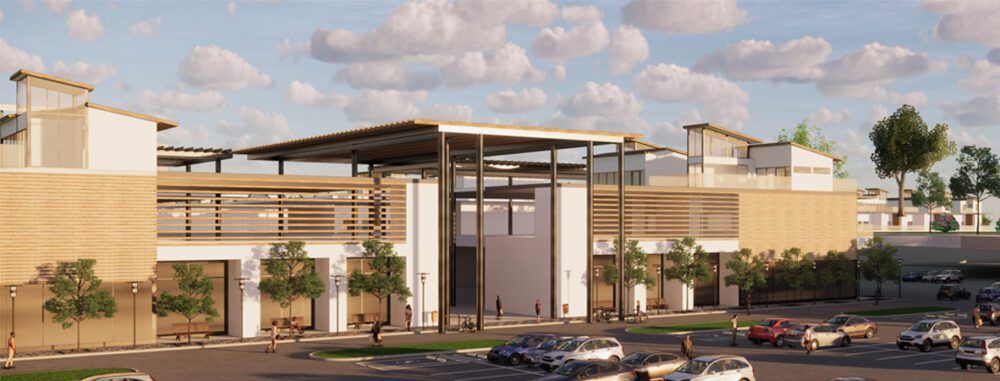
The project has re-organized the former mall into various functions, taking advantage of the multi-level layout with ample atrium/courtyard space. The lower level remains commercial, yet it introduces the idea of more office, work, and creative space to create a sense of community. Similar to malls today, there is an advantage in a large property containing theaters, amphitheaters, and other community based functions. Surrounding the structure is an expansive greenspace that resides over the top of the parking lot(s). The greenspace was envisioned as a way to connect the users of the mall with the outside community while also providing a location for playgrounds, gardens, and even a farmer’s market.

Residential units occupy the second floor, giving privacy and a connection to the public functions below. This utilizes the vast roof space, and creates a second residential story that pops up onto the former roof level for many of the units. These dynamic floor plans enhance the livability, increase real estate value, and give the residents a more private ‘yard’ space which would have otherwise been missing in a more urban development. The change to this terrace level also supports passive building strategies like solar and ventilation, reducing the reliance on active systems.
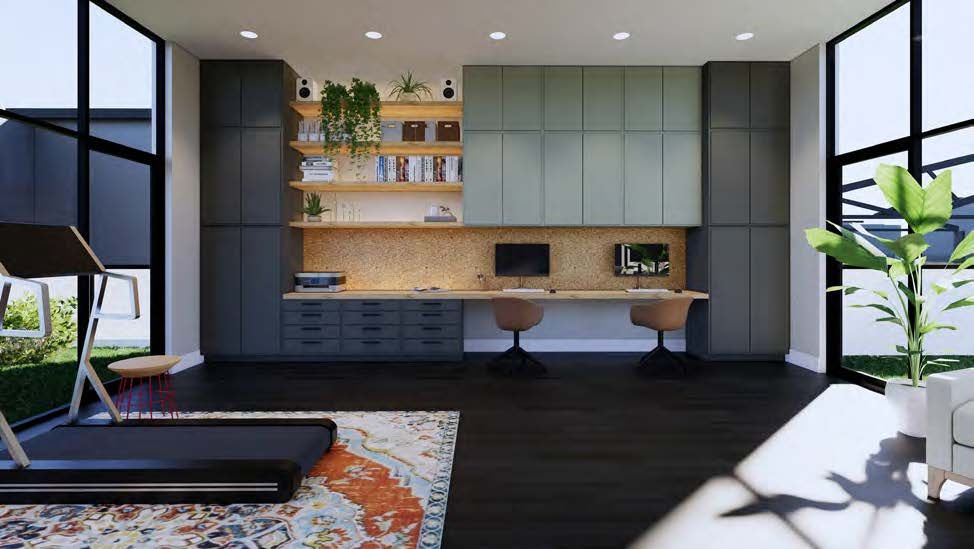
There is opportunity for the residential units to capture the sweet spot between urban and suburban living, which is rapidly gaining popularity and investment in recent years. The spacious, open concepts leverage the high ceilings of the former retail space and allow more flexibility than cramped urban condos, but still benefit from the direct connection to the amenities and community functions within the same development.
There is value in looking beyond what shopping malls can be. Through inserting more varied functions such as housing, work/office, and community spaces, they can be revitalized in ways that take full advantage of the existing framework but also address current needs. In the case of Charlestowne and many others, these opportunities already exist. What currently sits with ample unused space can attract new residents and businesses, and more visitors to the new community and destinations as well.
